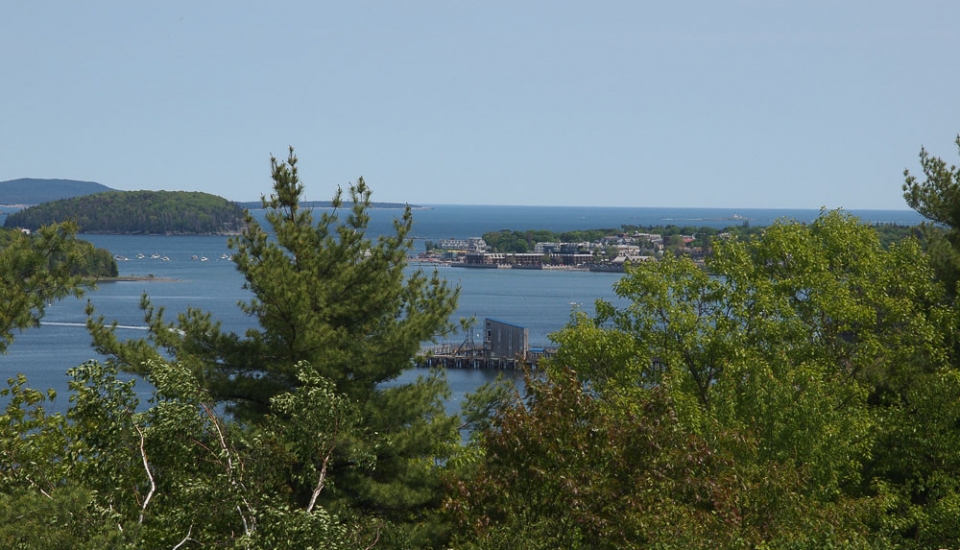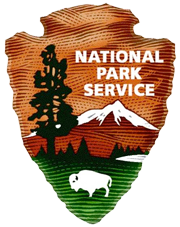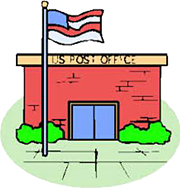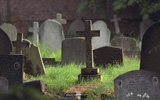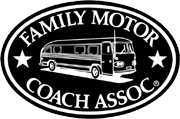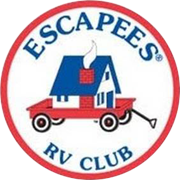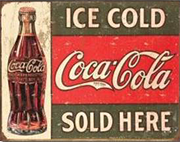JUNE 11, 2015
A SPECTACULAR DESTINATION. Located on the rock-bound Maine island of Mount Desert lies Acadia National Park, one of the most spectacular destinations in the State of Maine. Visiting it was one of the primary reasons for our visit to Bar Harbor. Soaring granite cliffs butt up against sand and cobblestone beaches. Glacier-carved mountains rear up from the sea, cupping deep lakes, while meadow-lands, marshes and dense forests permeate the landscape. Everywhere, the ocean makes its presence felt, whether by sight, sound or smell.Acadia is located two-thirds of the way up the Maine coast, about 300 miles from Boston and 500 miles from New York City.
SCENIC COASTLINE. From Route 1, the road I’ve described in previous posts, we took the turnoff to Route 3 at the little town of Ellsworth, near where we’re staying on Mount Desert Island near Bar Harbor. The Park consumes about seventy five percent of the land area on the island. It’s an unspoiled natural area surrounded by quaint little coastal villages…it really couldn’t be much nicer. We spent the better part of two days exploring the park and consuming the sights, sounds and smells. Day One was by Jeep. Day Two was by horse-drawn cart.
PARK LOOP ROAD. The primary auto road in the park is aptly called Park Loop Road. It’s a 20-mile, two lane road that winds through the eastern half of Acadia. We drove slowly and took lots of opportunities to pull off the road and photograph some of the most well-known areas and landmarks. Dramatic scenery includes a coastline of chiseled granite, the ocean dotted with islands, mountain peaks and glacial lakes and ponds.
BASS HARBOR LIGHTHOUSE. This light, which rises from the rocky, southernmost tip of Mount Desert island, is one of the most photographed lighthouses on the East Coast. The light, constructed in 1858, marks the entrance to Bass Harbor. It is now fully automated and managed by the U. S. Coastguard. When originally put into service, oil lamps and clockwork mechanisms were used. The house was manned by a lighthouse keeper, who was responsible for tending and caring for the house, light and lens.
PERFECT CONDITIONS. We couldn’t have planned our stay here for a better time of year! The kids are still in school and much to our surprise there aren’t yet a lot of summer tourists descending on the area. The weather is just about perfect. I was up a little before 7:00 am this morning and the sun was shinning brightly. The sky was clear but for an occasional strand of wispy white clouds. By mid-afternoon, the temperatures were in the low 70’s. I’ve been noticing for the last few days how long the days have seemed, so this morning I did a little research. At this time of year, dawn breaks a little before 2:30 am and sunrise is at 4:45 am. The sun doesn’t set ’til 8:15 pm and darkness doesn’t descend until almost 10:45 pm. That, folks, allows a pretty long day for seeing the sights!
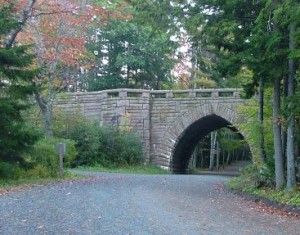
Under Rockefeller Jr.’s direction, all of these historic bridges were constructed entirely with granite blocks “cracked” from stone on the Island.
CARRIAGE ROADS. A bit of history, again. Don’t groan. First, there will not be a quiz to follow and second, what I’m going to tell you is interesting and inspiring. And it won’t take long…just bear with me. OK, here we go: Between 1913 and 1940, John D. Rockefeller, Jr. (Nelson’s father. Remember Nelson?) financed and personally directed the construction of almost 57 miles of carriage roads on land he donated to become Acadia National Park. A pretty generous gift from an outdoorsy philanthropist, wouldn’t you say? These roads were for the use of hikers, bikers, horse riders and horse-drawn carriages on Mount Desert Island. This diverse network of woodland “broken stone” roads is to this day free of motor vehicles.
SO HOW DO YOU SEE THESE ROADS? Obviously not by car. All of our bicycles are in storage, so cycling is not an option. And hiking, I’m embarrassed to admit, has always seemed highly overrated to me! So the answer to the question of “How does one explore these roads?” is: “By carriage.” And the National Park Service just happens to provide a couple of horse-drawn carriages for the use of guys like me. We rode around the park in a horse-drawn cart for a little over 4 hours yesterday afternoon. That’s a long time, so we had plenty of chances to take photos. Here are some my pictures.
ACADIA NATIONAL PARK SLIDESHOW
TOMORROW WE’RE LEAVING BAR HARBOR AND DRIVING TO FREEPORT, MAINE. COME BACK AND SEE US.



